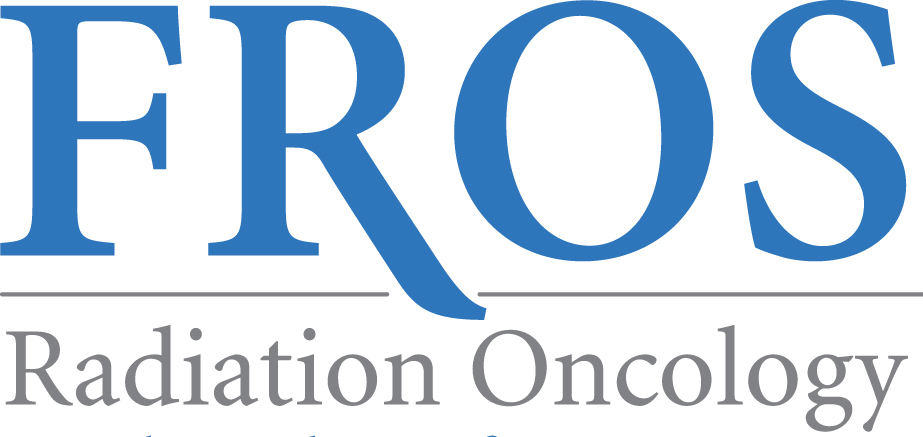Pancreas Cancer
/WHAT IS PANCREATIC CANCER?
Pancreatic cancer refers to a malignant neoplasm of the pancreas. The most common type of pancreatic cancer, accounting for 95% of these tumors is adenocarcinoma. Pancreatic cancer is the fourth most common cause of cancer-related death both in the United States and internationally.
RISK FACTORS OF PANCREATIC CANCER
Risk factors for pancreatic cancer may include:
Family history: 5–10% of pancreatic cancer patients have a family history of pancreatic cancer. The risk of developing pancreatic cancer increases with age. Most cases occur after age 60, while cases before age 40 are uncommon. Cigarette smoking is a high risk factor with regards to pancreatic cancer. Diets that are low in vegetables and fruits while high in red meat and sugar increase risk as well. Obesity and diabetes mellitus are both risk factors for pancreatic cancer.
SYMPTOMS OF PANCREATIC CANCER
Pancreatic cancer is sometimes called a “silent killer” because early pancreatic cancer often does not cause symptoms, and the later symptoms are usually nonspecific and varied. Therefore, pancreatic cancer is often not diagnosed until it is advanced. Common symptoms could include: Pain in the upper/mid abdomen that typically radiates to the back; loss of appetite and/or nausea and vomiting; significant weight loss; painless jaundice (yellow tint to whites of eyes and/or yellowish skin in serious cases, possibly in combination with darkened urine); Trousseau sign( in which blood clots form spontaneously in the portal blood vessels, the deep veins of the extremities, or the superficial veins anywhere on the body).
DIAGNOSIS OF PANCREAS CANCER
Symptoms and lab tests help distinguish and diagnose. Imaging studies, such as computed tomography (CT scan) and endoscopic ultrasound (EUS) can be used to identify the location and form of the cancer.
The definitive diagnosis is made by an endoscopic needle biopsy or surgical excision of the radiologically suspicious tissue.

